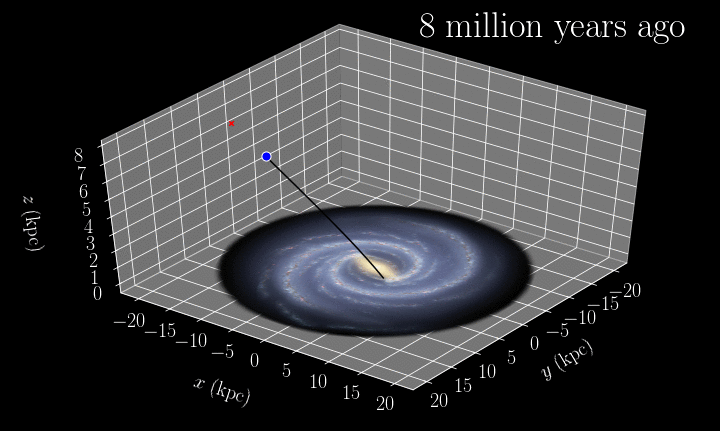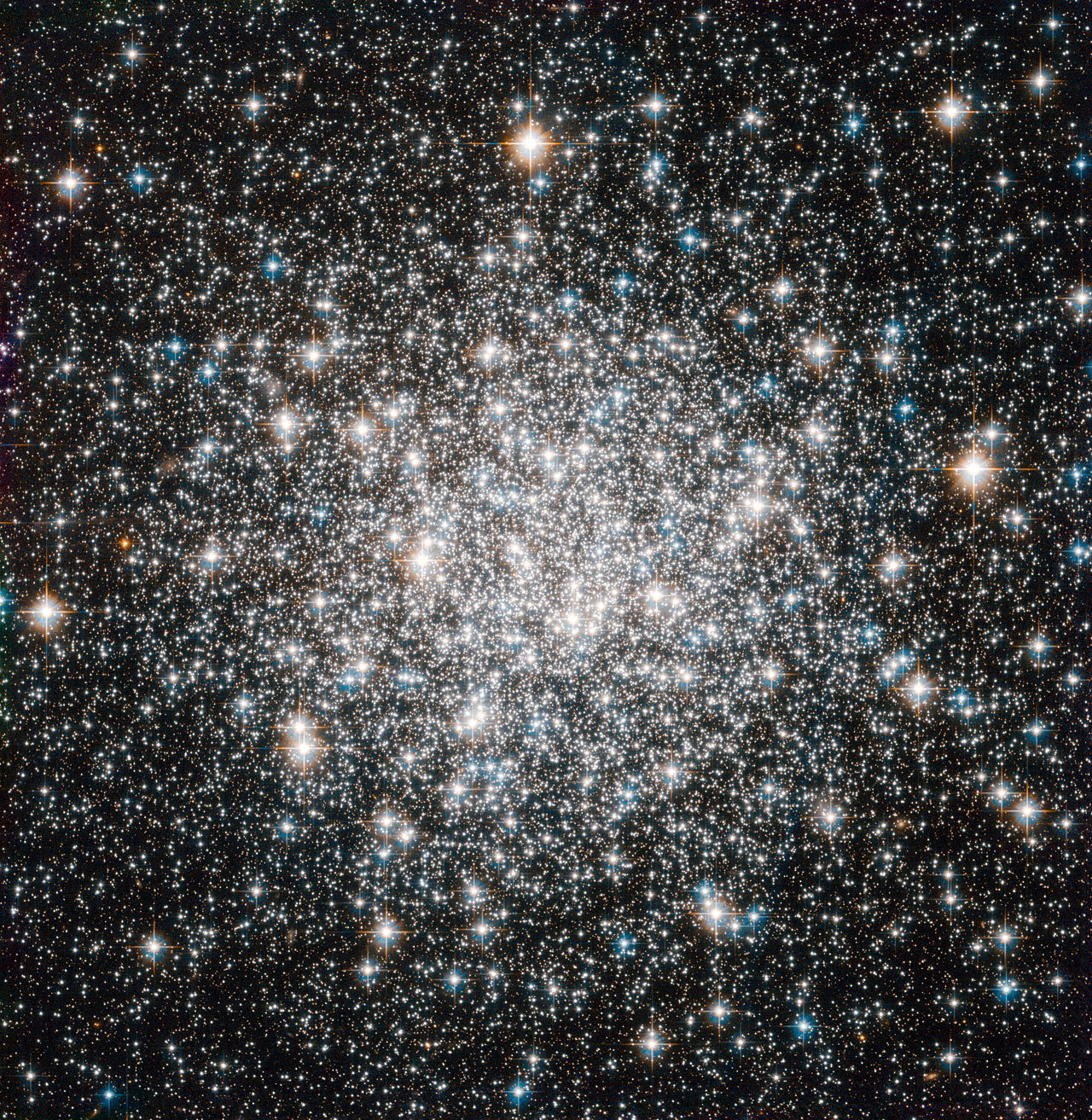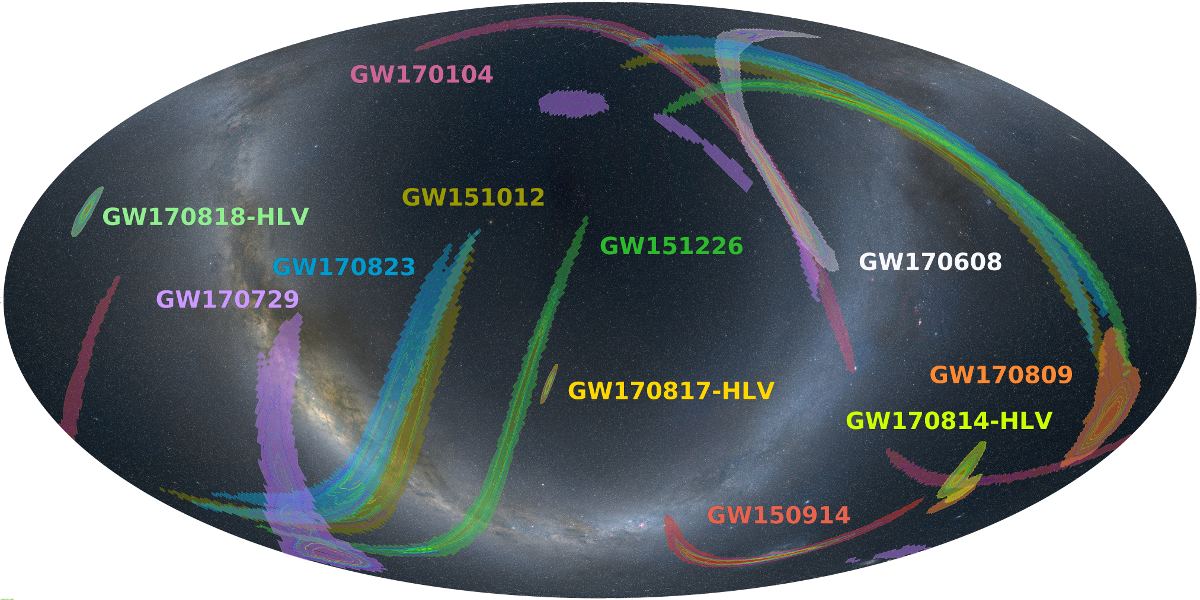A new signal detected by LIGO/Virgo may be the so-called ‘holy grail’ of astrophysics: the merger of a neutron star and a black hole. They’ve discovered pairs of black holes merging, and pairs of neutron stars merging, but until now, not a neutron star-black hole pair.
Continue reading “It Looks Like LIGO/Virgo Have Detected a Black Hole Eating a Neutron Star. For the First Time Ever”Rapidly Spinning Black Hole is Spitting Out Blobs of Plasma
Black holes, those beguiling singularities that sit on the precipice of the known and the unknown, keep surprising us with their behaviour. As organizations like the Event Horizon Telescope have made clear, there’s a lot we don’t know about the holes, and worse than that, we don’t even know how much we don’t know.
Now scientists have observed a new phenomenon that adds to the black hole mystique: a rapidly spinning black hole that ejects massive blobs of plasma.
Continue reading “Rapidly Spinning Black Hole is Spitting Out Blobs of Plasma”You Could Travel Through a Wormhole, but it’s Slower Than Going Through Space

Special Relativity. It’s been the bane of space explorers, futurists and science fiction authors since Albert Einstein first proposed it in 1905. For those of us who dream of humans one-day becoming an interstellar species, this scientific fact is like a wet blanket. Luckily, there are a few theoretical concepts that have been proposed that indicate that Faster-Than-Light (FTL) travel might still be possible someday.
A popular example is the idea of a wormhole: a speculative structure that links two distant points in space time that would enable interstellar space travel. Recently, a team of Ivy League scientists conducted a study that indicated how “traversable wormholes” could actually be a reality. The bad news is that their results indicate that these wormholes aren’t exactly shortcuts, and could be the cosmic equivalent of “taking the long way”!
Continue reading “You Could Travel Through a Wormhole, but it’s Slower Than Going Through Space”Now We Know That Dark Matter Isn’t Primordial Black Holes
For over fifty years, scientists have theorized that roughly 85% of matter in the Universe’s is made up of a mysterious, invisible mass. Since then, multiple observation campaigns have indirectly witnessed the effects that this “Dark Matter” has on the Universe. Unfortunately, all attempts to detect it so far have failed, leading scientists to propose some very interesting theories about its nature.
One such theory was offered by the late and great Stephen Hawking, who proposed that the majority of dark matter may actually be primordial black holes (PBH) smaller than a tenth of a millimeter in diameter. But after putting this theory through its most rigorous test to date, an international team of scientists led from the Kavli Institute for the Physics and Mathematics of the Universe (IPMU) has confirmed that it is not.
Continue reading “Now We Know That Dark Matter Isn’t Primordial Black Holes”This Star has been Kicked Out of the Milky Way. It Knows What It Did.

Every once in a while, the Milky Way ejects a star. The evicted star is typically ejected from the chaotic area at the center of the galaxy, where our Super Massive Black Hole (SMBH) lives. But at least one of them was ejected from the comparatively calm galactic disk, a discovery that has astronomers rethinking this whole star ejection phenomenon.
Continue reading “This Star has been Kicked Out of the Milky Way. It Knows What It Did.”Using Black Holes to Conquer Space: The Halo Drive!

The idea of one day traveling to another star system and seeing what is there has been the fevered dream of people long before the first rockets and astronauts were sent to space. But despite all the progress we have made since the beginning of the Space Age, interstellar travel remains just that – a fevered dream. While theoretical concepts have been proposed, the issues of cost, travel time and fuel remain highly problematic.
A lot of hopes currently hinge on the use of directed energy and lightsails to push tiny spacecrafts to relativistic speeds. But what if there was a way to make larger spacecraft fast enough to conduct interstellar voyages? According to Prof. David Kipping – the leader of Columbia University’s Cool Worlds lab – future spacecraft could rely on a Halo Drive, which uses the gravitational force of a black hole to reach incredible speeds.
Continue reading “Using Black Holes to Conquer Space: The Halo Drive!”Gamma Ray Telescopes could Detect Starships Powered by Black Hole

In the course of looking for possible signs of Extra-Terrestrial Intelligence (ETI), scientists have had to do some really outside-of-the-box thinking. Since it is a foregone conclusion that many ETIs would be older and more technologically advanced than humanity, those engaged in the Search for Extra-Terrestrial Intelligence (SETI) have to consider what a more advanced species would be doing.
A particularly radical idea that has been suggested is that spacefaring civilizations could harness radiation emitted from black holes (Hawking radiation) to generate power. Building on this, Louis Crane – a mathematician from Kansas State University (KSU) – recently authored a study that suggests how surveys using gamma telescopes could find evidence of spacecraft powered by tiny artificial black holes.
Continue reading “Gamma Ray Telescopes could Detect Starships Powered by Black Hole”Astronomers See the Exact Moment a Supernova Turned into a Black Hole (or Neutron Star)

On June 17th 2018, the ATLAS (Asteroid Terrestrial-impact Last Alert System) survey’s twin telescopes spotted something extraordinarily bright in the sky. The source was 200 million light years away in the constellation Hercules. The object was given the name AT2018cow or “The Cow.” The Cow flared up quickly, and then just as quickly it was gone.
What was it?
Continue reading “Astronomers See the Exact Moment a Supernova Turned into a Black Hole (or Neutron Star)”Astronomers Count all the Photons in the Universe. Spoiler Alert: 4,000,000,000,000,000,000,000,000,000,000,000,000,000,000,000,000,000,000,000,000,000,000,000,000,000,000,000,000 Photons

Imagine yourself in a boat on a great ocean, the water stretching to the distant horizon, with the faintest hints of land just beyond that. It’s morning, just before dawn, and a dense fog has settled along the coast. As the chill grips you on your early watch, you catch out of the corner of your eye a lighthouse, feebly flickering through the fog.
And – yes – there! Another lighthouse, closer, its light a little stronger. As you scan the horizon more lighthouses signal the dangers of the distant coast.
Continue reading “Astronomers Count all the Photons in the Universe. Spoiler Alert: 4,000,000,000,000,000,000,000,000,000,000,000,000,000,000,000,000,000,000,000,000,000,000,000,000,000,000,000,000 Photons”
Gas and Dust Seen Swirling Around our Galaxy’s Supermassive Black Hole

At the heart of the Milky Way Galaxy lurks a Supermassive Black Hole (SMBH) named Sagittarius A* (Sag. A-star). Sag. A* is an object of intense study, even though you can’t actually see it. But new images from the Atacama Large Millimetre/sub-millimetre Array (ALMA) reveal swirling high-speed clouds of gas and dust orbiting the black hole, the next best thing to seeing the hole itself.
Continue reading “Gas and Dust Seen Swirling Around our Galaxy’s Supermassive Black Hole”



